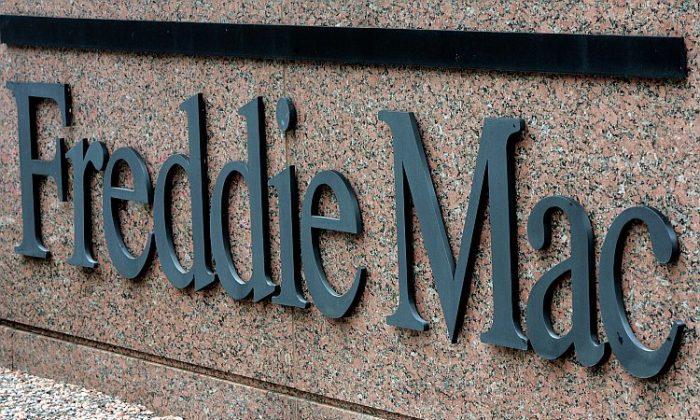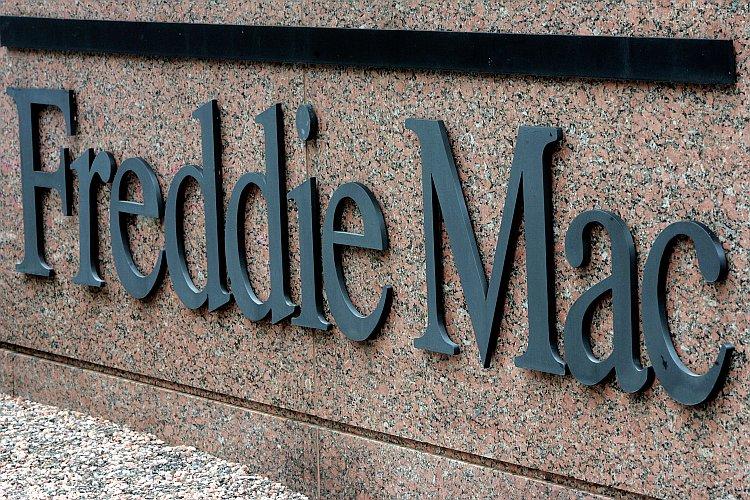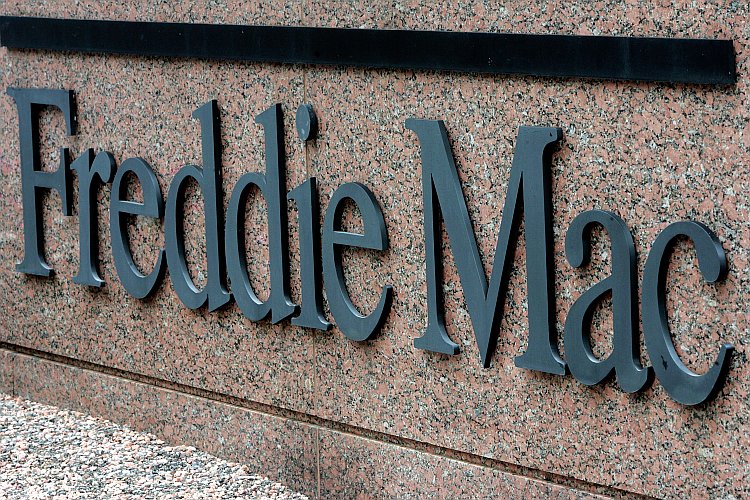The U.S. Department of the Treasury and the Federal Housing Finance Agency (FHFA) announced on Aug. 17 that they would accelerate the dismantling of Fannie Mae (the Federal National Mortgage Association) and Freddie Mac (the Federal Home Loan Mortgage Corp.), the two U.S. government mortgage giants.
The Treasury told U.S. taxpayers in their release that the modifications would “make sure that every dollar of earnings each firm generates is used to benefit taxpayers, and support the continued flow of mortgage credit during a responsible transition to a reformed housing finance market.”
Going forward, the two companies have to shrink their investment portfolios by 15 percent per year, instead of 10 percent. The objective is to reduce the portfolios to $250 billion four years ahead of what was initially negotiated.
Additionally, instead of earning a 10 percent dividend on their preferred stock investments in the two government-sponsored enterprises (GSEs), Treasury must turn over all profits to the taxpayers.
According to the Treasury announcement, the modifications will accomplish multiple objectives, including “acting upon the commitment made in the Administration’s 2011 White Paper that the GSEs will be wound down and will not be allowed to retain profits, rebuild capital, and return to the market in their prior form.”
When Fannie Mae and Freddie Mac were forced to accept conservatorship on Sept. 6, 2008, the intent was to shrink the two GSEs, protect the assets and property, and get the balance sheets into order.
“The plan was to shrink the balance sheets of these mortgage goliaths to reasonable levels and transfer some of the mortgage business back to the private sector. Since that time, we have seen the balance sheets of these giants continue to grow and encompass more of the total mortgage market in the United States,” according to a recent article on the Seeking Alpha website.
Forcing Lenders to Repurchase Defaulted Loans
According to a March 19 brief on the Mortgage Bankers Association’s (MBA) website, “The volume of mortgage buyback/repurchase demands by Fannie Mae and Freddie Mac continues at unprecedented levels. … During the past three years alone, Fannie Mae and Freddie Mac have made close to $100 billion in repurchase demands.”
On the same subject, The World of Mortgage website explained that “Fannie Mae and Freddie Mac have expanded efforts to get refunds on soured mortgages, boosting the cost of faulty home loans and foreclosures at the biggest U.S. banks since 2007 to at least $84 billion.”
The MBA advised that mortgage loans that were made to unqualified buyers by lenders using shoddy credit analysis procedures should be repurchased by said lenders. However, loans that defaulted for other reasons than the aforementioned should not qualify under the buyback/repurchase demands by the GSEs.
The buyback demands by the GSEs are “preventing many qualified borrowers from obtaining a mortgage. Refinancings are also hobbled by repurchases because lenders are less willing to refinance another lender’s loans,” according to the MBA brief.
The two GSEs hope to reduce the bailout cost to taxpayers by $190 billion with their buyback/repurchase demands to U.S. banks. As a result, some of the banks involved in the buyback scheme had their stock prices reduced significantly.
On Jan. 8, 2008, Bank of America Corp.’s closing stock price was $44.15 and by Aug 1, 2012, it was at $8.15, taking the largest hit among its fellow banks. On the same dates, JPMorgan Chase & Co.’s stock prices were $47.40 and $37.37 respectively.
Several of the major U.S. banks, including Bank of America Corp., Citigroup Inc., JPMorgan Chase & Co., and Wells Fargo & Co. reserved a combined $3 billion to buy back loans from the GSEs.
Bank of America had to boost its reserves by $677 million, mainly because Countrywide Financial Corp., the company it bought in 2008, was one of the main culprits in the foreclosure debacle. Fannie Mae had bought a large volume of Countrywide’s mortgages, according to The World of Mortgage website.
Bank of America expects to be hit with more buyback requests from the GSEs. John McDonald, analyst at Sanford C. Bernstein, was quoted on the Alacra Pulse website as estimating that the “Bank of America has worked through about two thirds of its potential repurchase requests and that it may eventually pay another $5 billion above its existing reserves.”
Bank of America and Fannie Mae are arguing as to how much of the defaulted loans the lender has to buy back.
“The lender, which has called some claims ‘inconsistent,’ refused to buy back most loans and stopped selling new mortgages to Fannie Mae in February. Unresolved demands for buybacks from the GSE swelled to $9.42 billion as of June 30, compared with $5.45 billion at the end of 2011,” according to The World of Mortgage.
Wells Fargo had reserved $1.8 billion toward buybacks from the GSEs, but suggested that it might lose another $2.6 billion, according to Reuters as quoted on the Appraisal Institute website.
Also, according to First Horizon National Corp.’s second quarter 2012 consolidated income statement, the mortgage buyback scheme caused the company to report a $121.9 million loss.
“We believe mortgage repurchase expense will continue to remain an overhang for First Horizon. … It bears the liability for the conforming conventional mortgage loans purchased by the GSEs from First Horizon that were originated over many years till 2008,” the TopStockAnalysts article stated.
According to an article on the 4-traders website, the PNC Financial Services Group Inc. had to pay $1.6 billion under the mortgage repurchase program and had to reserve another $350 million during the second quarter of 2012.
“Mortgage buyback and repurchase demands appear to be an issue that will not go away. Lenders have faced only a small subset of what is projected to be more than $120 billion in repurchase losses stemming from loans made between 2005 and 2008. ... The size of the liability is staggering,” according to the Inside Mortgage Finance website.
Rating Agency Reviews
“Future GSE claims still appear unlikely to impair capital positions materially, we do not expect the level of repurchase claims, viewed in isolation, to have a large impact on U.S. bank ratings,” Fitch Ratings said in a July article on its website.
Standard & Poors (S&P) stated in its U.S. Large Regional Banks Industry Report Card that given satisfactory second quarter 2012 financial results, satisfactory liquidity, and good earnings for the banking industry, it did not foresee any deterioration in the financial condition of the banks.
“U.S. large regional banks’ financial performance was generally consistent with our expectations for the second quarter. Consequently, our outlooks on the vast majority of rated institutions remained stable,” S&P advised.
The Epoch Times publishes in 35 countries and in 19 languages. Subscribe to our e-newsletter.







Friends Read Free